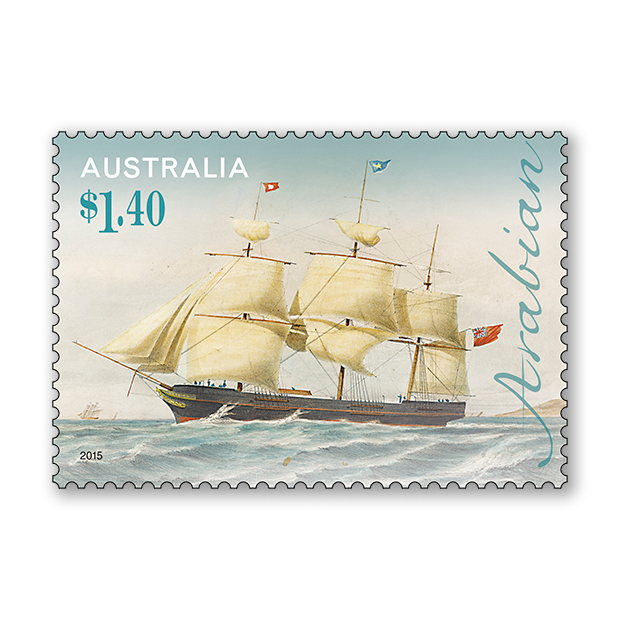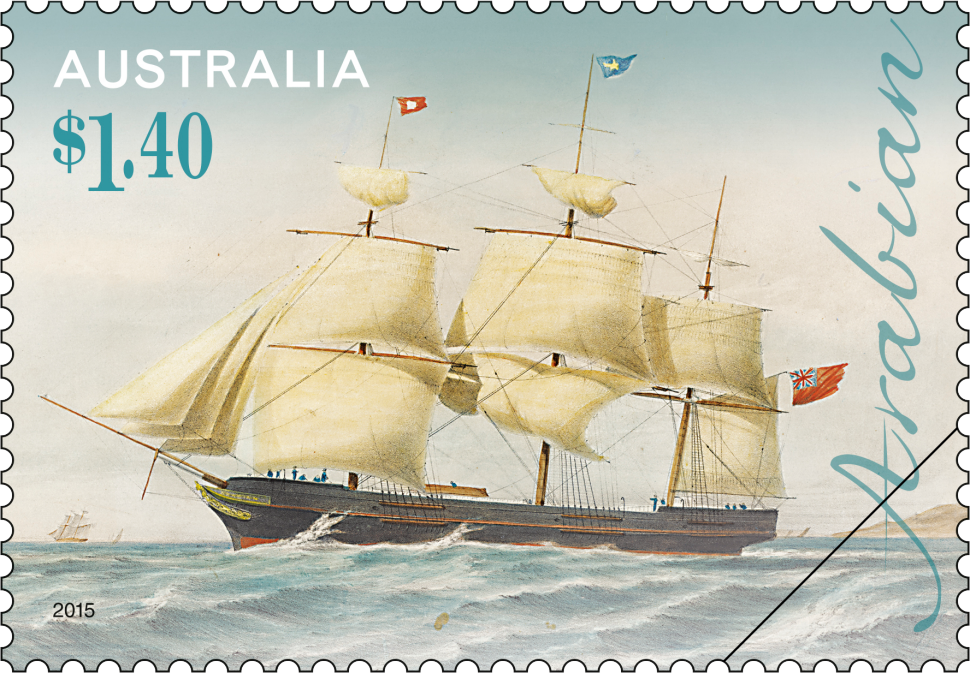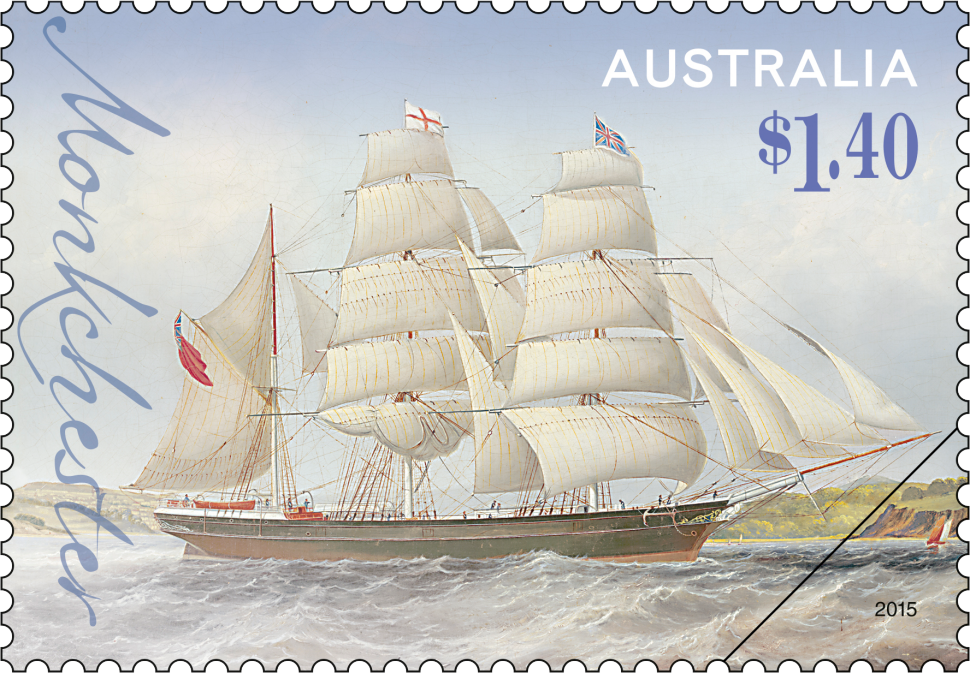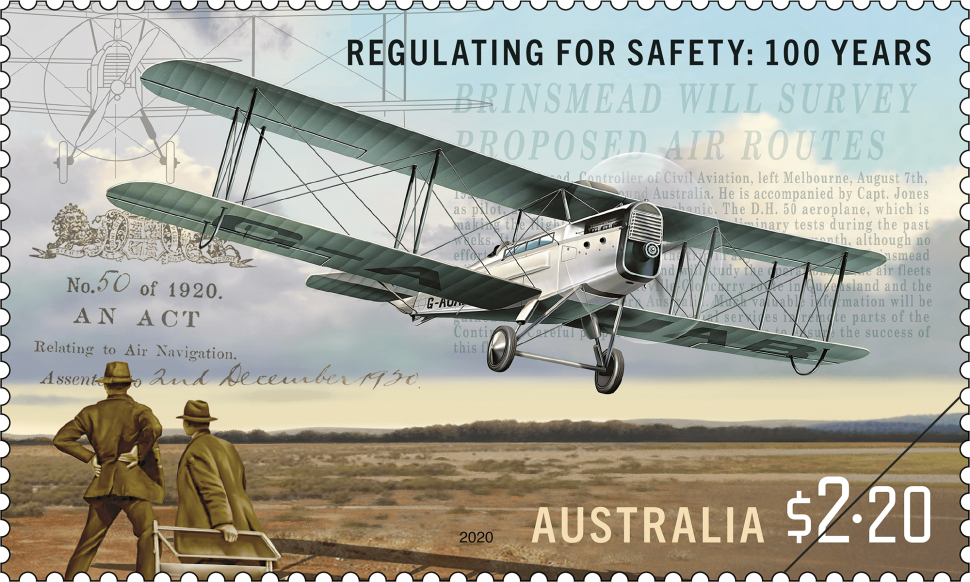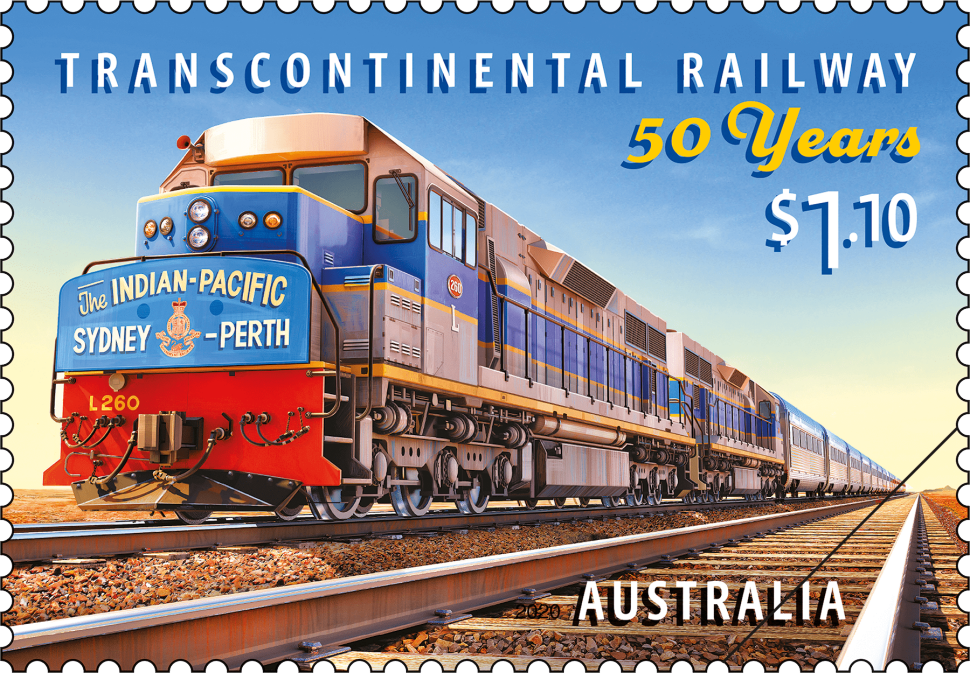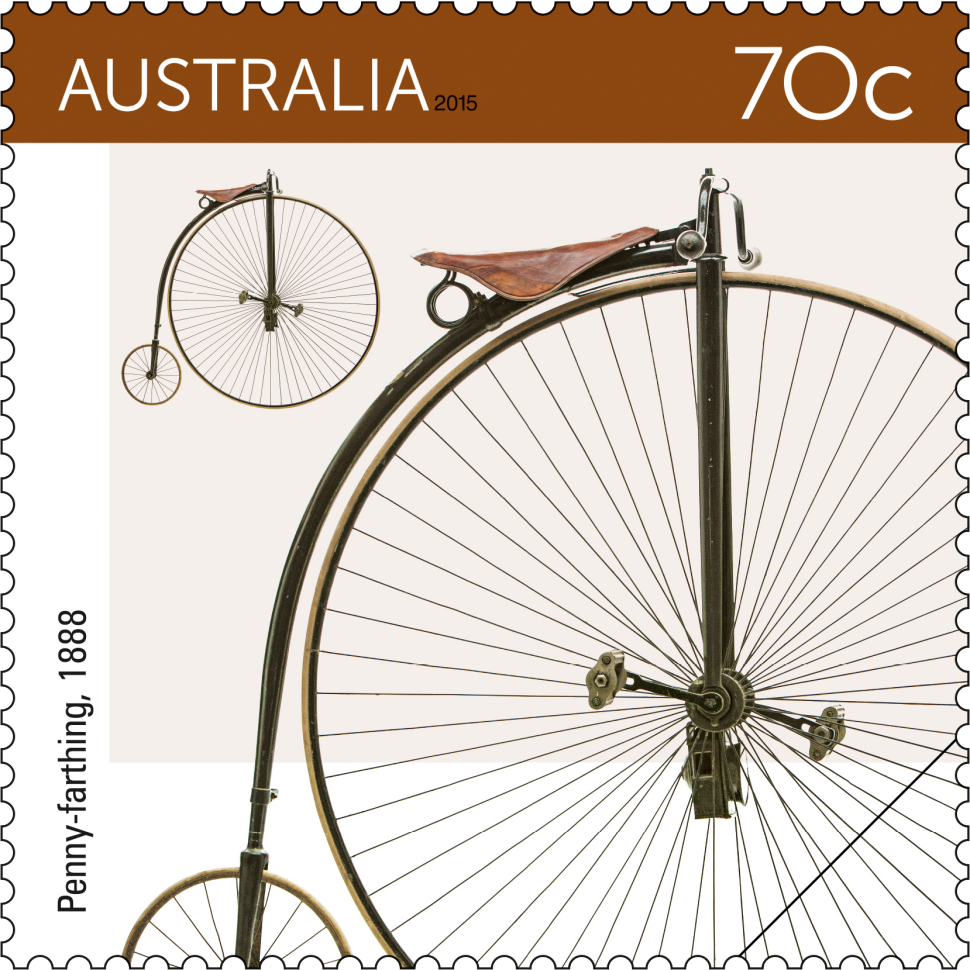Clipper ships were very fast sailing ships widely used in the mid-19th century. They were fast, yacht-like vessels, with three masts and a square rig. They were generally narrow for their length, could carry limited bulk freight, small by later 19th century standards, and had a large total sail area. Clipper ships were mostly constructed in British and American shipyards.
The clipper route from England to Australia and New Zealand, returning via Cape Horn, offered captains the fastest circumnavigation of the world, and hence potentially the greatest rewards; many grain, wool and gold clippers sailed this route, returning home with valuable cargos in a relatively short time. However, this route, passing south of the three great capes and running for much of its length through the Southern Ocean, also carried the greatest risks, exposing ships to the hazards of fierce winds, huge waves, and icebergs. This combination of the fastest ships, the highest risks, and the greatest rewards combined to give this route a particular aura of romance and drama
From the earliest days of European exploration sailing ships were crucial in the development of Australia. Sailing ships carried everything that settlers needed for survival. The journey was often long and dangerous, ranging between six and thirteen weeks, dependent upon weather conditions. Other hazards were hygiene and fire. Clipper ships were known as the greyhounds of the sea from their beginnings in the 1840s represented the pinnacle of sailing ship technology. All the sailing ships featured in this issue have played a role in Australia’s maritime history.
Designer
Lisa Christensen, Australia Post Design Studio
Products released in this issue
- Stamp (2 x 70c, 2 x $1.40)
- Covers (blank pictorial and gummed)
- Stamp pack
- Maxicards
- Gutter strips
Technical specifications
- Issue date
- 17 February 2015
- Issue withdrawal date
- 31 August 2015
- Denominations
- 2 x 70c, 2 x $1.40
- Stamp design
- Lisa Christensen, Australia Post Design Studio
- Product design
- Lisa Christensen, Australia Post Design Studio
- Paper - gummed
- Tullis Russell
- Printer
- RA Print
- Printing process
- Lithography
- Stamp size
- 37.5mm x 26mm
- Perforations
- 13.86 x 14.6
- Sheet layout
- Module of 50
- FDI postmark
- Hobart, TAS 7000
- FDI withdrawal date
- 18 March 2015
The Frances Henty was constructed in Aberdeen in 1852 and named after the wife of Portland Bay patriarch Thomas Henty. The vessel carried passengers, gold and wool between London and Victoria until at least 1869. The stamp is based on a painting by EC Moore The Frances Henty, 1854.
The Aberdeen White Star clipper barque Phoenician of the White Star line was the first clipper ship to come to Australia, arriving in Port Jackson on 21 July 1849 taking 91 days from England. In 1851 she carried to Plymouth the first Australian gold ever to reach Britain – 74 packages of gold dust worth £81,000. The stamp is based on a painting by Frederick Garling, Clipper barque Phoenician, 1850s.
This content was produced at the time of the stamp issue release date and will not be updated.

